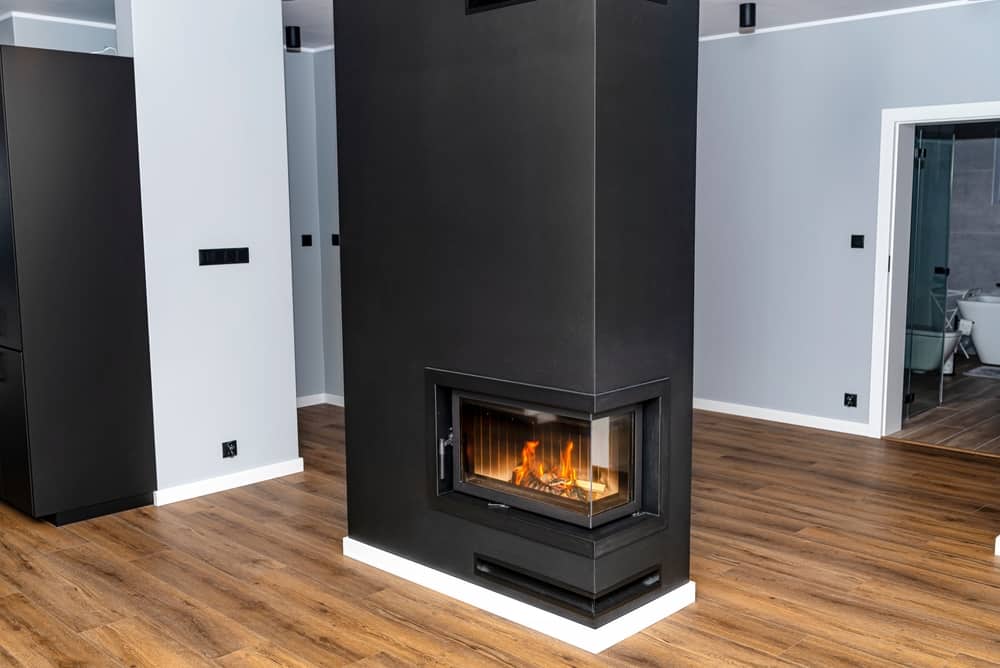I'm putting in a Lopi Endeavor in our new house build. It's going to sit on an elevated hearth covered with stone. The manual for the Endeavor recommends floor protection 16" out from the front of the stove, but it doesn't note if that changes any if the stove is on an elevated hearth.
We're using a floating LVP floor in the living room where this stove will sit. My builder says it will be ok, but I'm just trying to confirm and/or look into options. Anyone know if a floor protection buffer like this needs to be measured horizontally only? Or if it's elevated might I be able to factor that in? If the LVP would be a problem here, what sort of flooring is recommended in front of the stove?
Here's where our stove is going to sit:
![[Hearth.com] Wood stove heat vs LVP [Hearth.com] Wood stove heat vs LVP](https://www.hearth.com/talk/data/attachments/313/313604-46d918b0db68bbf2e9b7d5982ae15378.jpg?hash=FJtnxNOQkZ)
We're using a floating LVP floor in the living room where this stove will sit. My builder says it will be ok, but I'm just trying to confirm and/or look into options. Anyone know if a floor protection buffer like this needs to be measured horizontally only? Or if it's elevated might I be able to factor that in? If the LVP would be a problem here, what sort of flooring is recommended in front of the stove?
Here's where our stove is going to sit:
![[Hearth.com] Wood stove heat vs LVP [Hearth.com] Wood stove heat vs LVP](https://www.hearth.com/talk/data/attachments/313/313604-46d918b0db68bbf2e9b7d5982ae15378.jpg?hash=FJtnxNOQkZ)


![[Hearth.com] Wood stove heat vs LVP [Hearth.com] Wood stove heat vs LVP](/talk/proxy.php?image=https%3A%2F%2Fi.imgur.com%2FTQC43BP.jpg&hash=7e62e5d1a361e8b4918f7b773fef32d4)
![[Hearth.com] Wood stove heat vs LVP [Hearth.com] Wood stove heat vs LVP](/talk/proxy.php?image=https%3A%2F%2Fi.imgur.com%2FULTsmUz.jpg&hash=08d17ab4dc19662159d6a8d713c59421)

![[Hearth.com] Wood stove heat vs LVP [Hearth.com] Wood stove heat vs LVP](https://www.hearth.com/talk/data/attachments/313/313624-2ddb7011f824301184a41a7b1b879c88.jpg?hash=RIkOz64-PG)
